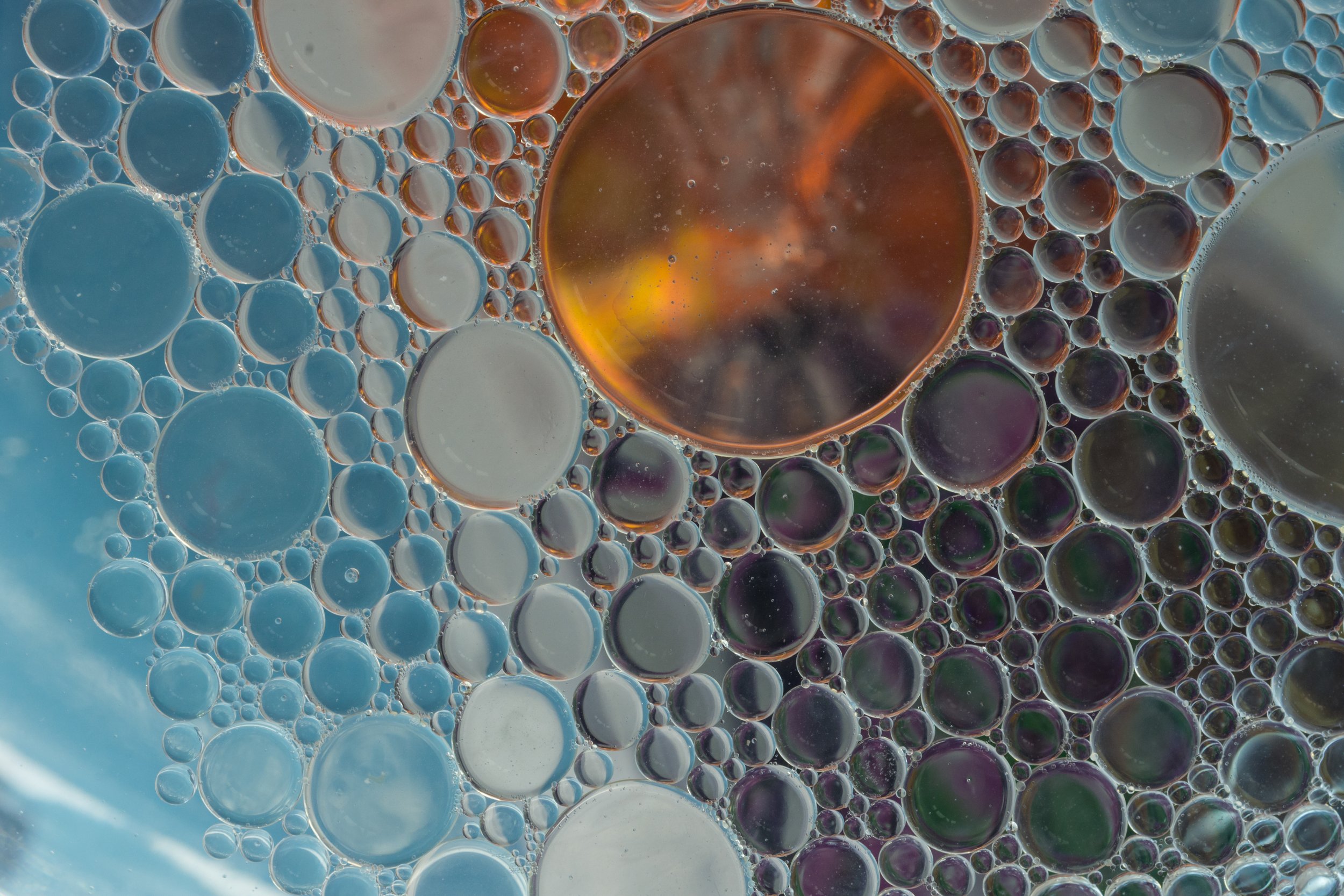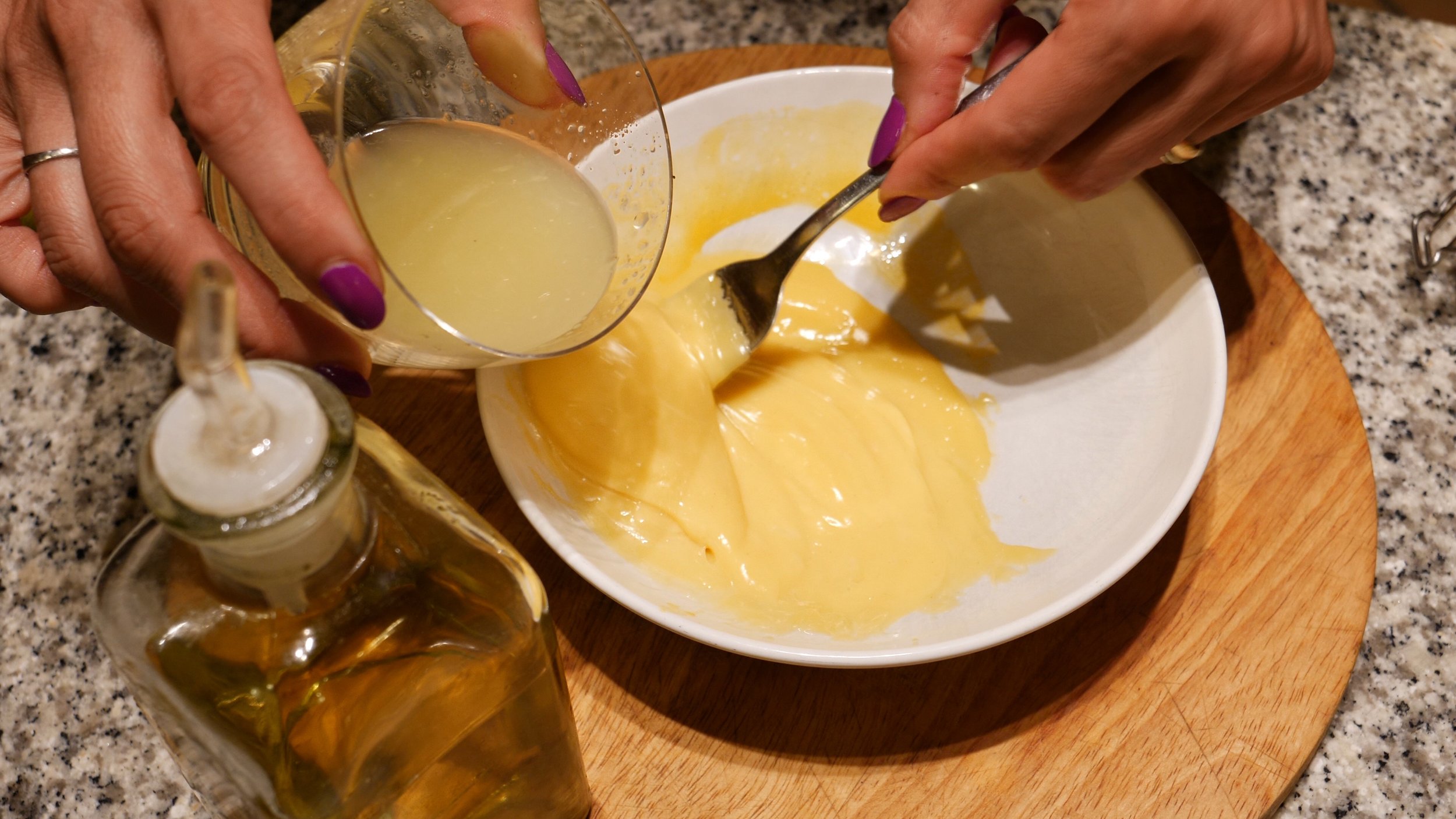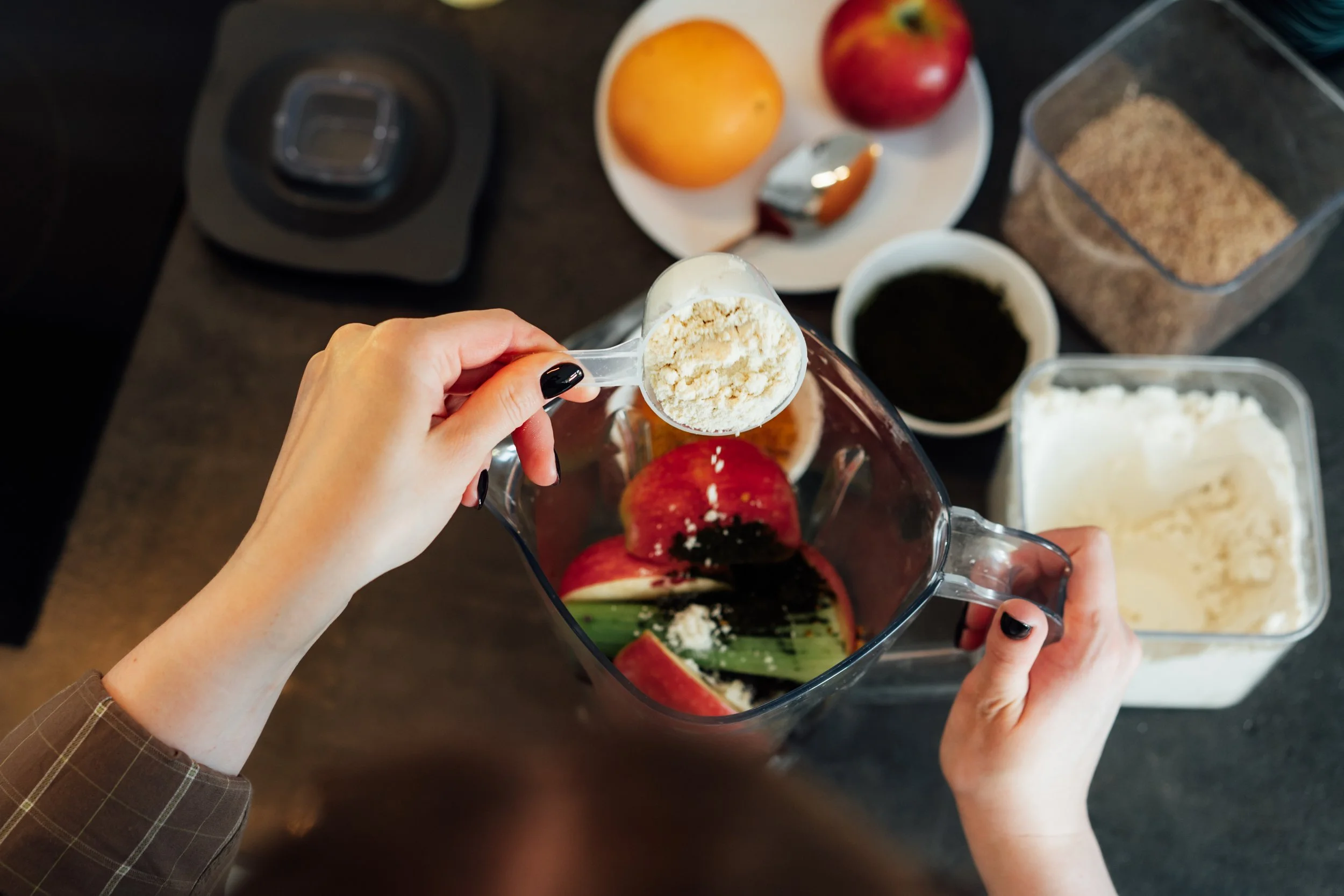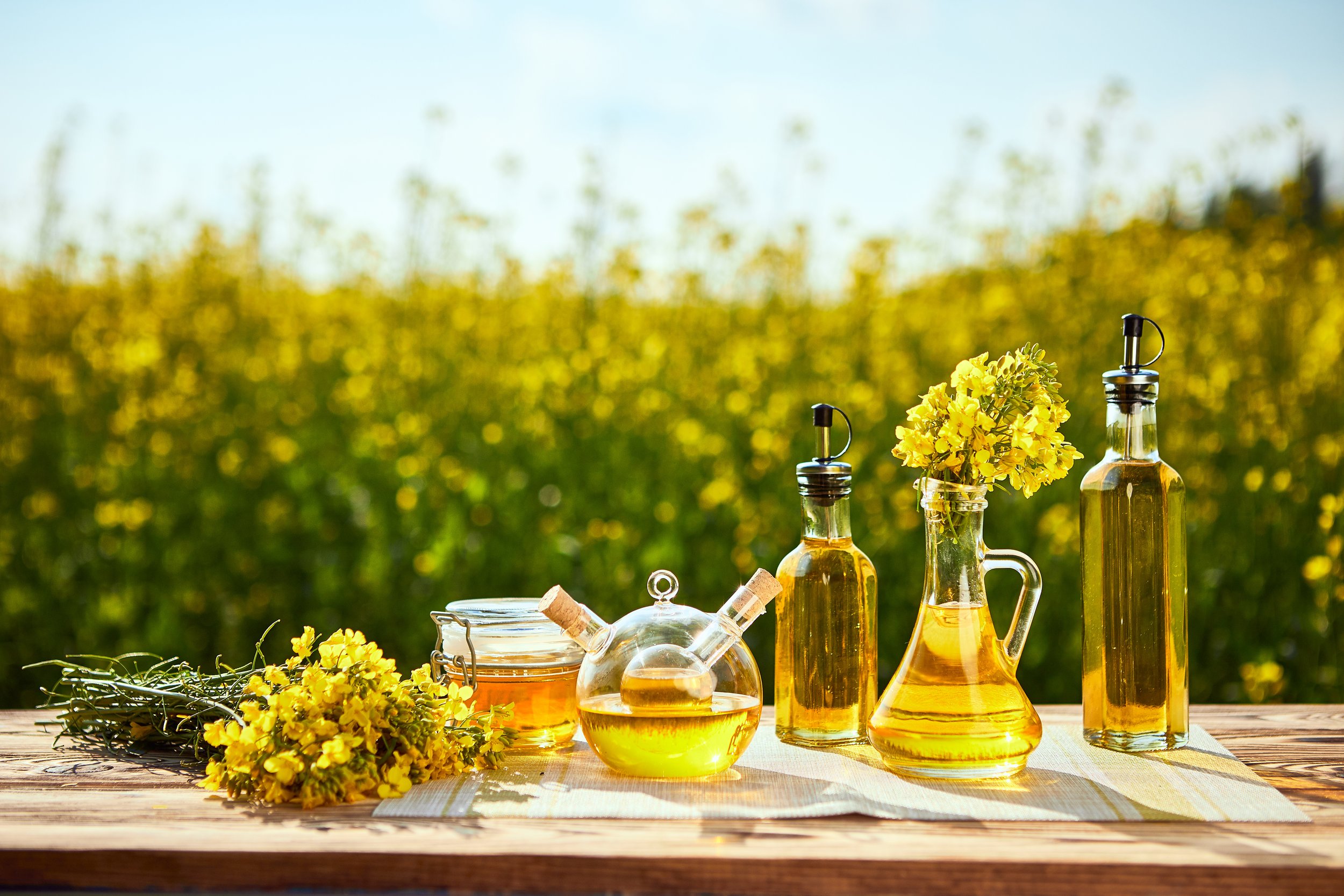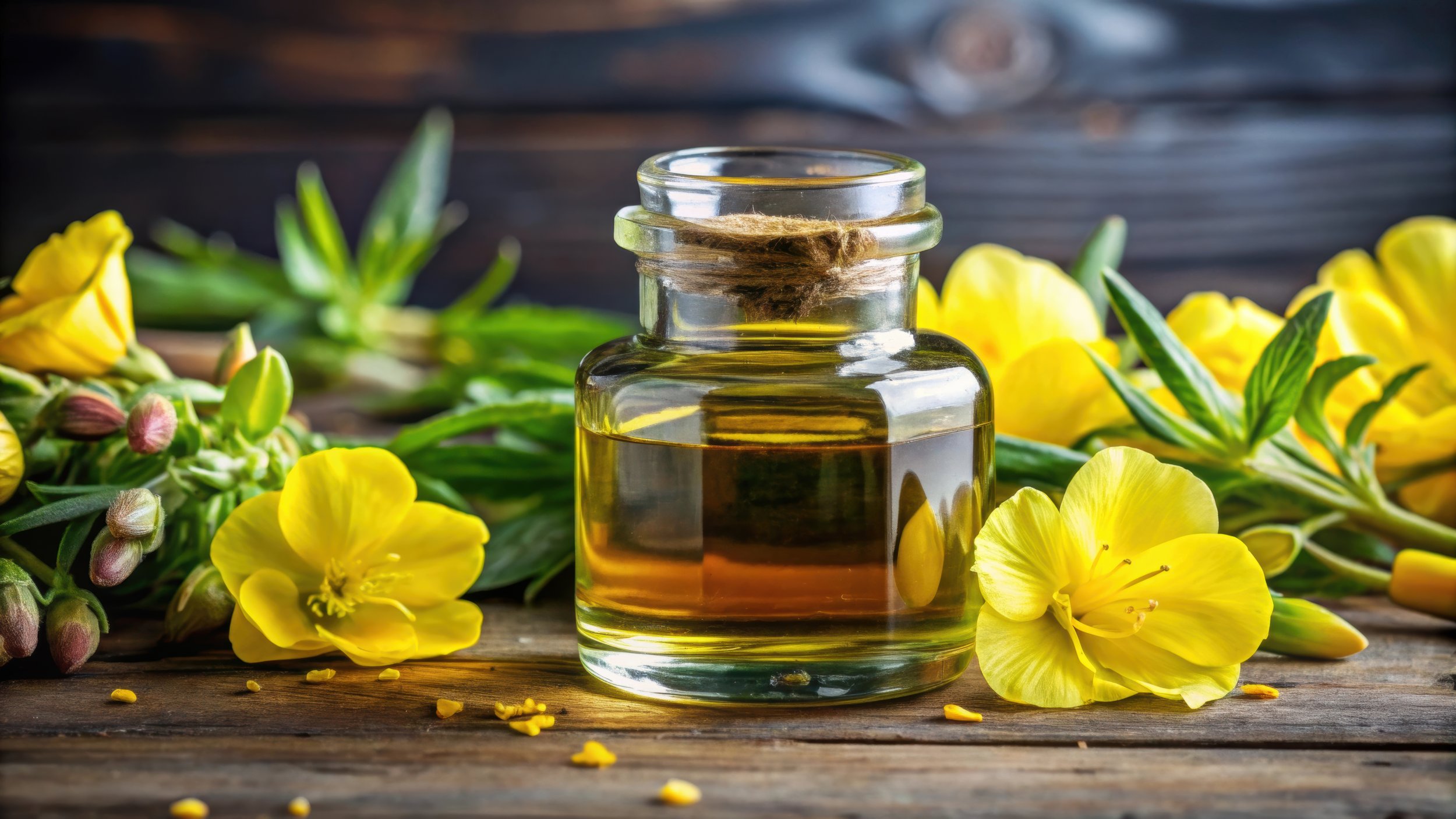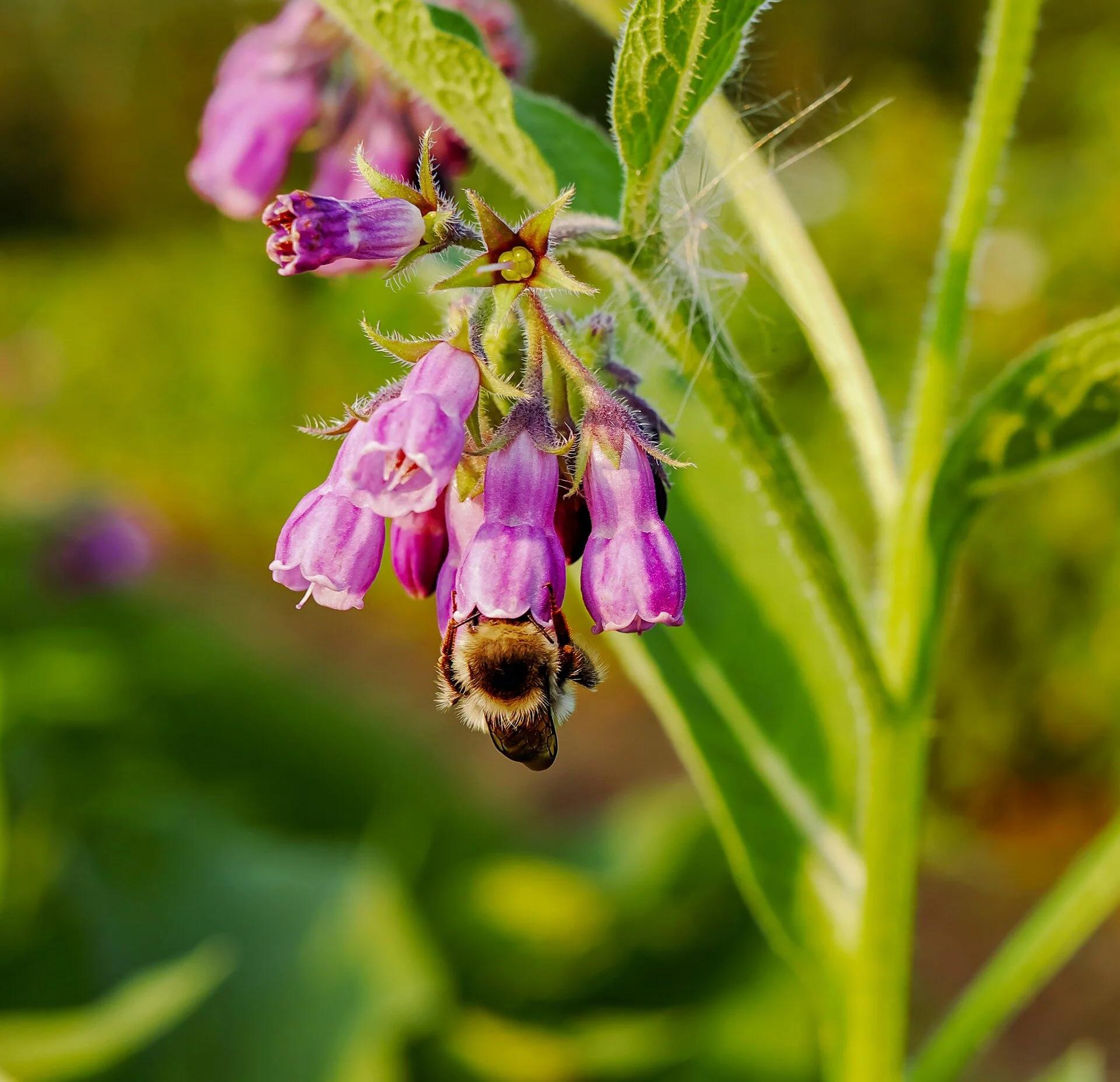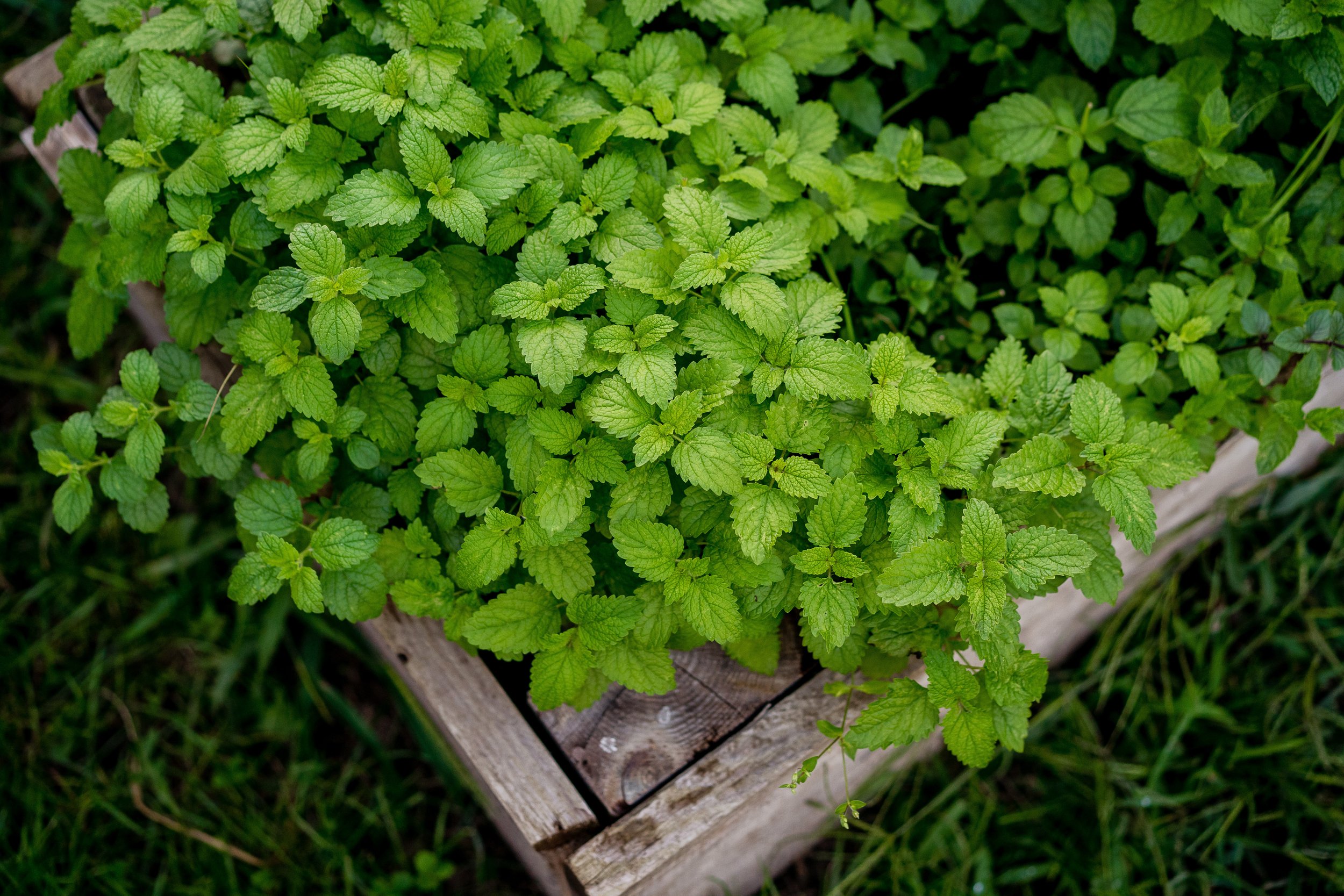Natural Emulsions in Skin and Hair Care
In this post I breakdown the basics of emulsifiers and the emulsions they create, how they work and some natural emulsions you can use to improve your skin and hair!
What is an emulsion?
Before we can talk about what an emulsifier is, first let's talk about what they create... Emulsifiers allow for the creation of emulsions! Makes sense right? Basically, these are a combination of oil and water that does not separate. This means the oil and water are combined to create a stable solution. This is impressive when you think about how water and oil do not usually dissolve in one another!
There are two main types of emulsions depending on if there is more water or more oil in the final solution.
Oil-in-Water Emulsions
When more water is used the emulsion is known as an Oil-in-Water Emulsion (O/W). In these a small amount of oil is dispersed in water. A great example is milk! This type of solution is usually very thin and has the physical characteristics of water.
Water-in-Oil Emulsions
If more oil is used it is called a Water-in-Oil Emulsion (W/O). Pretty easy to remember right?! An example of this type of emulsion is butter! In butter the oil phase consists of fat solids that give butter its solid form but the small addition of water makes it creamy!
You see, when you change the amount of water or oil the final consistency of your emulsion completely changes. What makes these even more versatile is changing the type of oil, or even butters, used.
Examples of natural emulsions
Above I gave you some examples of different emulsions but really the list is endless. Below are several more examples that you see on a daily basis.
In Food…
Salad dressing, mayo, many other types of sauces.
In Skin Care…
Lotions, micellar water, toners.
In Hair Care
Conditioners, leave-in conditioners and other treatments.
What is an emulsifier?
Now that you know what an emulsion is we can get into how an emulsifier is used to make them. An emulsifier is a compound that is attached to both oil and water. This allows them to interact with both phases to create a semi-stable solution. They do so by creating a sphere around whatever phase represents the smallest fraction in the final solution. So for Oil-in-Water Emulsions the emulsifier creates a sphere around the oil. The opposite is true for Water-in-Oil Emulsions; the emulsifier surrounds the water in these solutions.
To have this ability emulsifiers have to be able to interact with water and oil, as I stated above. This means that they have hydrophilic and hydrophobic parts of their molecular structure. These different actions are achieved by different functional groups in the molecule! In short hydrophilic functional groups are attracted to water while hydrophobic groups are attracted to oil. These hydrophobic groups are typically at the ends of the molecule and form what's called a hydrophobic tail.
The difference between an emulsifier and a surfactant.
If you have experience making recipes of your own you might have heard the term surfactant used in reference to emulsions. Basically surfactants are types of emulsifiers that tend to have a foaming action in solution. This foaming makes them perfect for soap and shampoo applications! They are also able to assist in mixing oil and water.
How do emulsifiers work?
Like mentioned above emulsifiers have the ability to interact with both oil and water through their various functional groups. When they are added to a solution they orient themselves to have their hydrophobic tails surrounding the oil and their hydrophilic ends facing the water. This essentially creates a barrier between the oil and water. Then a mechanical force is used to disperse them throughout the solution pulling the oil/water along with them. A blender works great for this! Another great tool is an immersion blender as these can be moved around your solution.
You see this mechanical force is dispersing the oil and water so that they have a harder time separating back into two layers. To tell if an emulsion is successful, look for the solution to go cloudy. Even if the oil and water phase are both clear before mixing, once mixed they will go completely opaque! This is because the oil and water are refracting lights at different angles, when they are all mixed together light can no longer move freely through the solution and it looks cloudy. Without an emulsifier these two phases would slowly separate back into two distinct layers. An emulsifier acts to stabilize the solution so that it stays mixed!
How to create an emulsion at home.
A great place to try creating an emulsion for yourself is in the kitchen! A salad dressing is a great place to start… Try adding a bit of vinegar to a small bowl and mix in some mustard. The mustard is going to act as an emulsifier, it will mix into the vinegar and allow for a small amount of oil to dispersion to create a delectable dressing. Just add a little oil after the mustard is mixed in and stir well! You will see the mix go opaque just like we talked about earlier, the sign of a successful emulsion!
Another great emulsion to make at home is a lotion! Lotions combine all the amazing attributes that water and oil provide on their own into a super hydrating mix.
Why emulsions are amazing products
When it comes to self care products, emulsions are a staple! They can hydrate and moisturize like no other. I'm sure you already have many emulsions in your skin and hair care products already, but if you don't here are a couple products to try out!
Micellar Water and Toner
Micellar water and toners are examples of oil-in-water emulsions. They feature a small amount of oil suspended in water. This gives them the amazing ability to cleanse the skin gently and without drying it out. The water in the mixture attracts dirt from your pores while the oil pulls away excess oil and grime! You should definitely try these out if you are looking for a gentle cleanse, perfect for removing makeup.
Lotions and Creams
Lotion, creams and even body butters are examples of water-in-oil emulsions. Although lightweight lotions tend to have more water than oil making them oil-in-water emulsions. In general the thicker the lotion/cream the more oil it has and the heavier it feels on the skin. Body butters tend to have even less water making the thick and luxurious, perfect for restoring hydration during dry winter months.
Conditioners and Leave-in Treatments
Hair conditioners and treatments are similar to lotions but they usually have ingredients that make them a bit sticky and thick. They tend to sit on top of the skin rather than sink into it. Although they are too thick for the skin, this makes them perfect for hydrating your hair! The more lightweight versions of these products work great as leave-in treatments but others like hair masks need to be rinsed out.
Are emulsifiers harmful to humans?
The short answer is no, emulsions themselves are not harmful to humans! They are just oil and water afterall and neither of these are dangerous by themselves. Of course not all emulsions are edible because of the other ingredients in them. Think about lotion or conditioner, not something you would want to eat! Other emulsions are actually quite tasty though like ice cream!
Thank you so much for reading! I hope you learned something new, stay tuned for more posts like this to come! If you want to learn more about natural skin and hair care check out my other blog posts!

